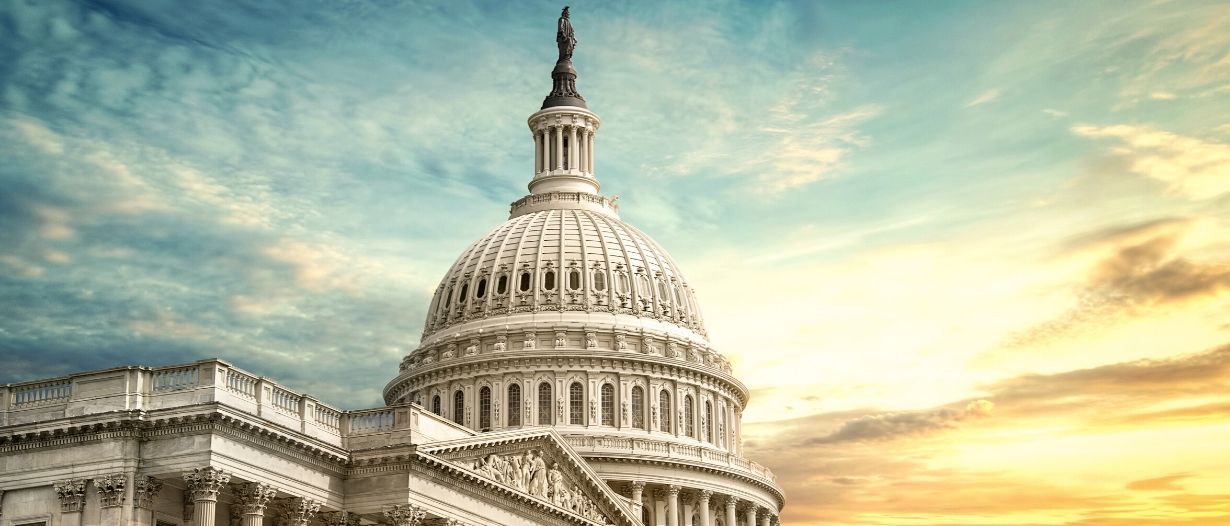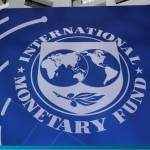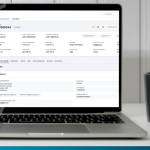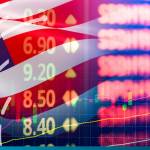American consumers are currently sitting on a fairly huge nest egg. Equity is at a higher level than ever before, and the personal saving rate has risen to a considerable 7.9% according to NASDAQ figures. Despite this, the US economy has continued to expand, though a slowdown is now being predicted. While personal savings have typically been seen as indicative of slower economic expansion, with less money leaving pockets, recent trends have flipped this assumption on its head.
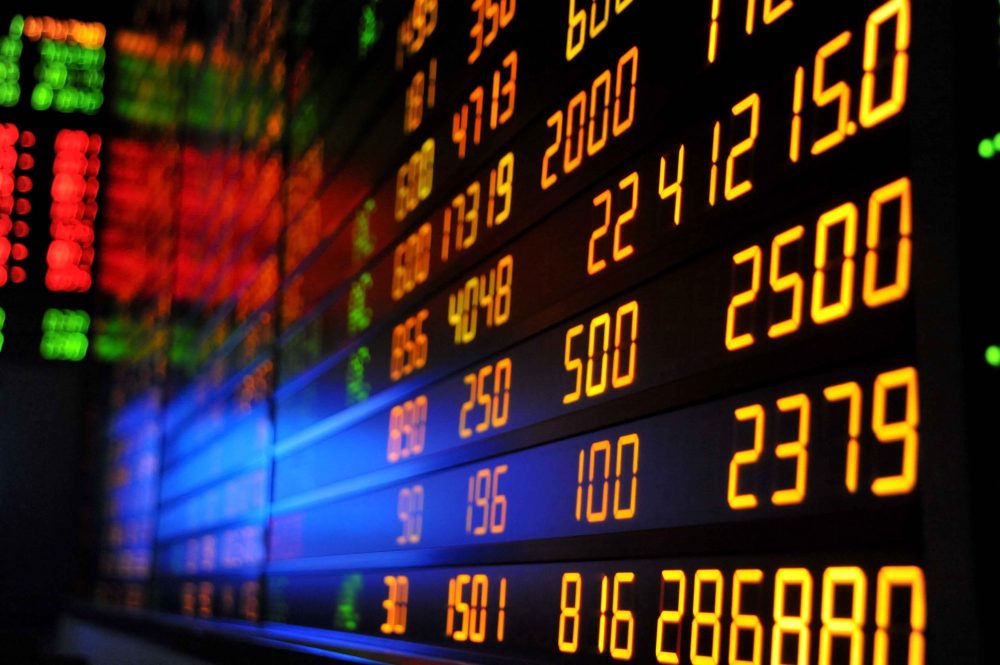
Matching rates
The average consumer savings account is not typified by huge interest rates, and this has suited the current US interest rate down to the ground. With The Guardian noting a third cut had reduced national interest rates to between 1.5-1.75%, savings accounts had rested roughly in that range. When taking a glance at the best savings accounts at Crediful.com, rates rest around 1.5-2.5% APY for the majority of consumers. This represents good value for consumers, and provides a level of stability for government fiscal policy where savings values don’t significantly outstrip the rate of interest.
An indication of wider financial health
What the high rate of savings indicates is that Americans are comfortable with their level of income and that this is providing impetus on two fronts. According to a Quartz online analysis of current financial figures, it was noted that the personal saving rate had been revised up from 6.7% – a huge change. This indicates the confidence in American households when it comes to saving. This change didn’t occur alongside a revised spending forecast, showing that households are driving the economy through spending and saving – consumer spending, after all, takes up 63% of all expenditure in the US.
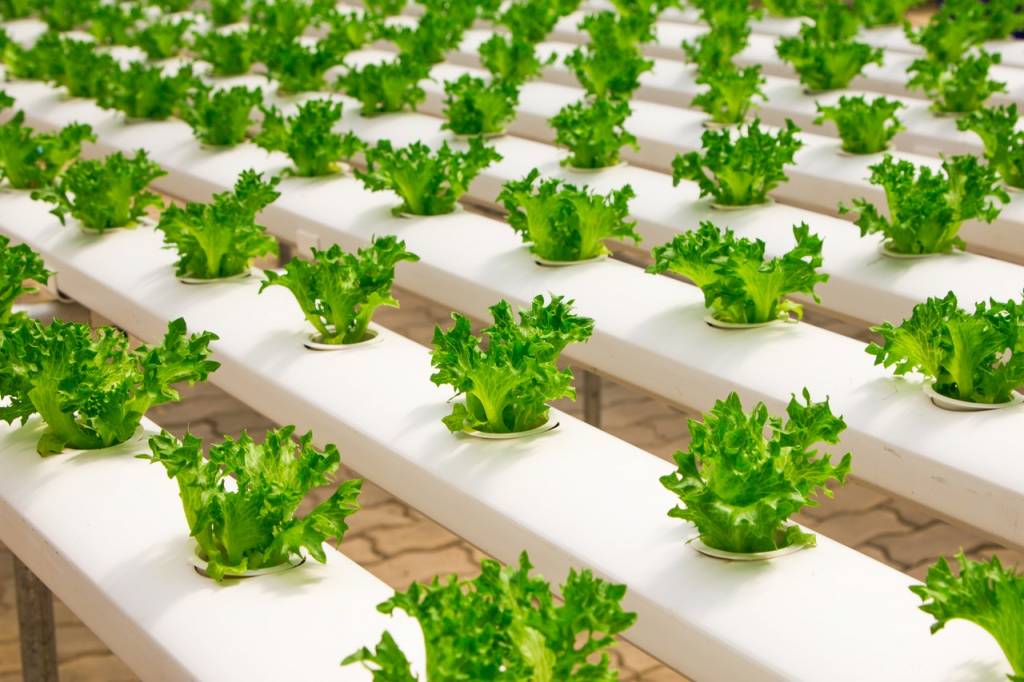
Sustainable growth
All of these factors come together to indicate a healthy trend of sustainable growth through saving and spending. Short-term saving can be detrimental to the economy – according to EconomicsHelp.org, the tendency of consumers to save much bigger amounts led to the crippling 2008 recessions. However, savings levels from late 2018 onwards have shown that the initial bump leads to sustainable growth, a theory espoused by the Harrod-Domar equation, which is what the USA is experiencing now.
Saving, therefore, indicates that both consumer confidence and spending levels are high. By persevering through high rates of saving and continuing to cut interest rates, US fiscal policymakers have created a period of sustainable and significant growth. As long as the current policies are maintained by the administration, this period will continue.















